Why do car windows have strange black dotted patterns in the corner? You might not have noticed them, but you will now. And they are there to disguise the huge black stripe holding all of the window’s glue.
And have you ever heard of xenoglossy? It’s a strange phenomenon where somebody can speak a second language they never knew they could. But is it real?
From bone-eating worms to plants that don’t touch the ground at all,
Here are 25 things you did not know what they are!

Why airplanes use weird headphone plugs

There’s nothing as comfortable as using your headphones. Why do airplane companies insist on handing out their cheap plastic ones for that strange two-pronged socket? There are actually a couple of reasons.
Firstly, it was designed this way over half a century ago when the very first airplane entertainment system was built. These were called “pneumatic headsets” with two inputs for each side of the ear, and were used for early audio players like the Walkman — some of you might be too young to remember them! Secondly, it helps airlines reduce costs by discouraging people from stealing them. Most of our devices, like phones and laptops, use a single 3.5-millimeter headphone jack, so if the plug doesn’t fit, why would you take them?
Old newspapers turn yellow

Who wants yesterday’s paper? If you wait long enough, that paper won’t just be old news, it will also turn yellow. That’s because of what happens when they interact with oxygen.
Inside the paper are compounds called cellulose and lignin. Both of these appear white at first, but when they are oxidized — meaning exposed to oxygen — tiny molecules are broken down, absorb more light, and because of that, appear to have a darker color.
Passports only come in four colors
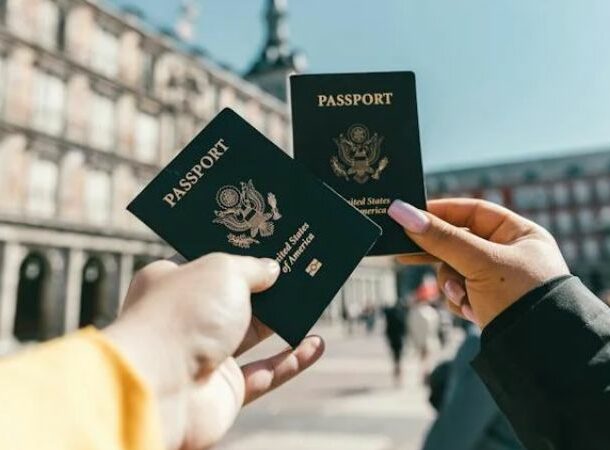
Do you know what color your passport is? It’s a certainty that it’s either green, red, blue, or black. But why? If you pick up a stranger’s passport, chances are it will feel familiar. There are regulations for passports so that almost every customs officer in the world can read, scan, and make sense of them.
While there aren’t technically rules for which colors can be used, every country still opted for variants of either red, green, blue, or black. That’s because these colors are considered more respected, serious, and official. Can you imagine handing a bright yellow passport over at the border? They were probably less likely to let you in!
Why we say "hello" when answering the phone

It’s one of the most universally recognized words in the world — hello. The word first appeared in the dictionary in 1827 and wasn’t used the way it is today until famous inventor Thomas Edison suggested it as a way of signaling the beginning of a call.
Alexander Graham Bell, who created the telephone, hated this idea. He instead wanted people to answer the phone with “ahoy.” Unfortunately for Bell, Thomas Edison’s idea proved to be much more popular. Soon it expanded from phone calls to everyday conversations.
Car windows have little black dots
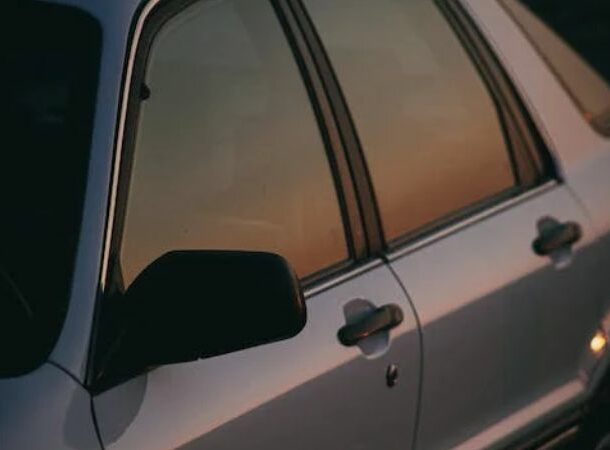
Next time you are in a bus, take a close look at the window and you might notice a pattern. No, not like the Matrix, I mean an actual pattern of small black dots, right on the edge of the glass. They are most likely on your car windows too.
These have a technical name: “frits”, and they connect to a striped rim of adhesive that keeps the window stable and fixed. So, the dots create a pattern that makes a big blob of glue a little less noticeable.
Glabella

Between your eyebrows and just above your nose. It derives from a Latin word that literally means “smooth” because it is often the flattest, least noticeable part of your face. Over time though, this part of the face can wrinkle based on what kind of expressions you make.
In fact, it’s this part of the face that controls your face movements. Now you know what the glabella is. But what’s that hanging thing at the back of your throat? Find out at number 16.
Pulchritudinous

Looking for a tongue-in-cheek way of telling someone they are attractive? Try the word “pulchritudinous.” Just like glabella, this word dates far back to Latin, meaning “full of beauty.” But it’s been used for the last few centuries because it doesn’t sound like a word that has a positive meaning.
Plus, it’s so long and complicated that you are sure to receive confused looks in return!
Oobleck: a non-Newtonian fluid

What’s a non-Newtonian fluid? It’s something that only acts like a fluid some of the time. They appear to be normal liquids when poured, but when force is applied to them, these fluids become solid. One of these that’s a favorite of science teachers is called “oobleck.”
It can be made easily with just water and cornstarch.
Cronuts
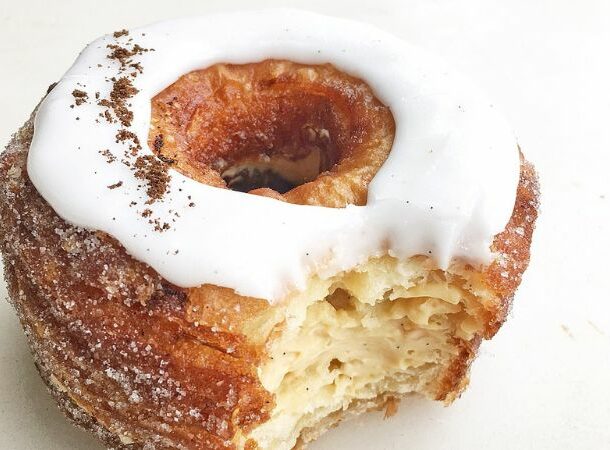
What do you get when you mix a croissant with a donut? That’s what French chef Dominique Ansel wanted to find out in 2013. The result? A “cronut” that has taken the world by storm. When he debuted the product in New York, people lined up for hours each day just to get their hands on one.
That was enough for Ansel to trademark the pastry, as a “croissant and doughnut hybrid”, made with dough similar to a croissant but deep fried and covered with confectionery to make it more like a donut.
Uvula

This might sound like a dirty word but don’t worry, it’s not. The uvula is the name of that thing that hangs at the back of your throat. If you open your mouth wide enough, you’ll see it.
But what is the purpose of it? This piece of tissue keeps your throat from getting too dry, stops food from getting where it shouldn’t, and is also used for speaking in some languages.
Pando

What comes to mind if you imagine the largest organism ever? Maybe a dinosaur? Or some kind of bacteria? The answer lies in the Fishlake National Forest of Utah which is called “pando” and is the world’s largest tree. It’s a quaking aspen type of tree and on the surface, it looks like thousands of individual trees.
But all of these, which cover 106 acres of land mass, are actually stems of one genetically identical tree. In fact, the name “pando” even comes from the Latin “I spread.” And it’s definitely spreading. If the tree roots were stretched out, they would make it about halfway around the world.
Fulgurite
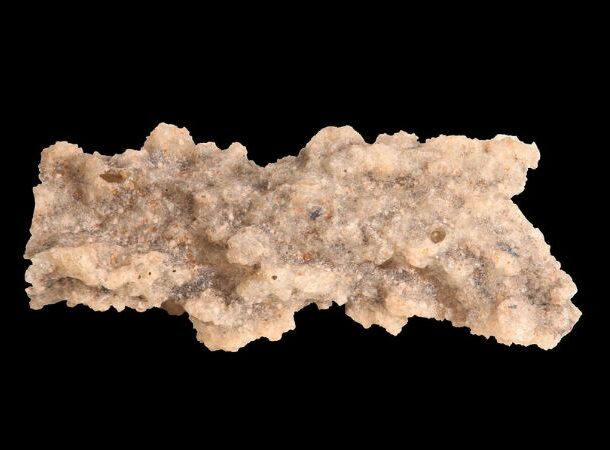
Lightning doesn’t just appear high above us up in the skies. It can also be seen down below, in the ground. When lightning hits the right piece of damp sand, it transforms into a kind of silica glass, fossilizing it and leaving it preserved for hundreds of millions of years.
It has earned the name “lightning glass” and if you are looking for a piece, you are best heading for mountains, beaches, and deserts — plus, you’ll have to be very lucky. What’s much more abundant are tiny pellets called “nurdles”, which are causing an environmental catastrophe — that’s coming up later.
Osedax worms

Don’t mess with anything referred to as “bone-eating worms” That’s the informal name for the Osedax, a worm found in the water near the California coast. This worm doesn’t even have a mouth but its process of digestion is even more terrifying.
It produces a kind of acid that is spilled onto its food, strong enough to dissolve bone. One of their main forms of food is whale skeletons. They are kind of like the clean-up crew of the ocean!
Dragon's Breath Cave

Namibia evokes images of deserts and dry land. The South African country runs along the Atlantic Ocean, but it has a water wonder of its own, inside its borders. Plunging over 300 feet underground, Dragon’s Breath Cave holds the largest subglacial lake in the world.
Since first being explored in 1986, divers are still surveying the area until this day and still haven’t reached the bottom of the lake yet.
Clavos
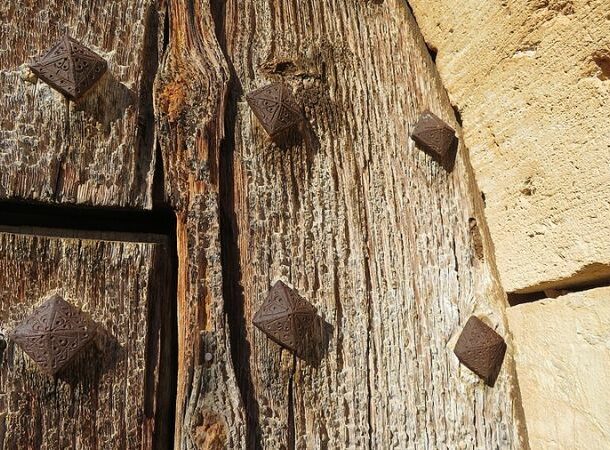
If you are looking for a way to make an old door more decorative, try “clavos.” These are nails that you hammer into wood, but they are often made with intricate designs, patterns, and interesting shapes, helping to give an added flair to a door.
They are closely linked with a Mexican and Southern style of architecture, as well as appearing in a lot of the “Wild West” designs.
Trochlear
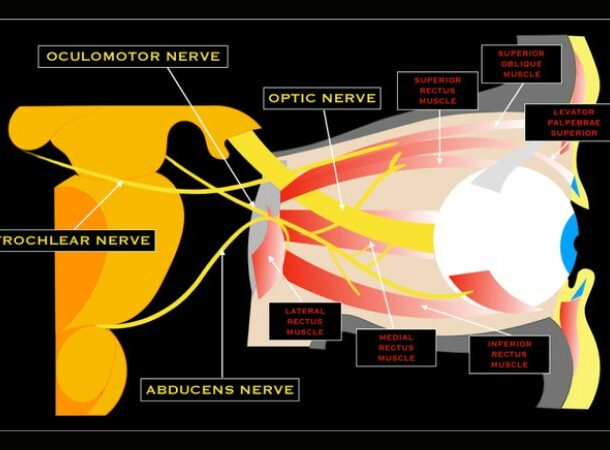
Running from your head down through your neck and torso are 12 cranial nerves. While all important and with different functions, number 4 has a very specific task. It’s called the “trochlear nerve” and gives you the power to move and rotate your eye around it.
It acts like a pulley system, controlling what’s called the superior oblique muscle and allowing you to focus your eye down or side to side.
Nurdle
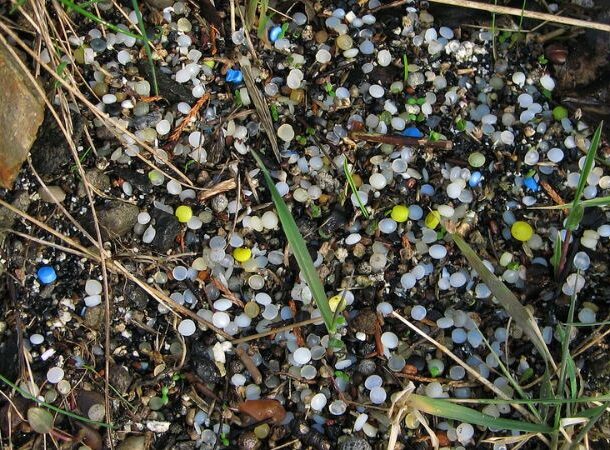
It might sound like a funny word, but “nurdles” have a serious role in the world. They are tiny plastic pellets, just 5 millimeters in size, that are used to form bigger plastic products. Trillions of these nurdles are created each year for the millions of plastic products the world uses.
Apart from the huge amount of oil that goes into production, nurdles also end up in the ocean — and a lot of them. Enough to weigh about 200,000 metric tons. For context, that’s more than four times the weight of the world’s largest oil rig. Nurdles take up to a thousand years to degrade.
Chalaza
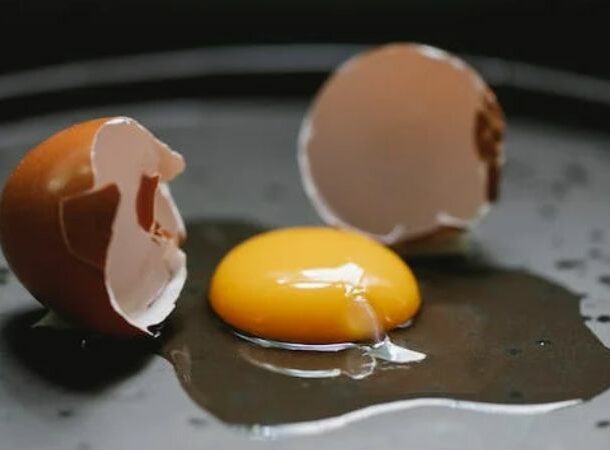
Want to know how fresh an egg is? It all depends on how much “chalazae” there is. That refers to the parts of an egg that keep the yolk in position, connecting the membrane of the eggshell to the yolk. They look like a lighter color than the yolk and have a stringy consistency.
If they are bigger and more visible, it means the egg is fresh. Don’t miss our top 5: from a condition that makes a person spontaneously learn a second language to a revolutionary ice-making machine!
Lagniappe
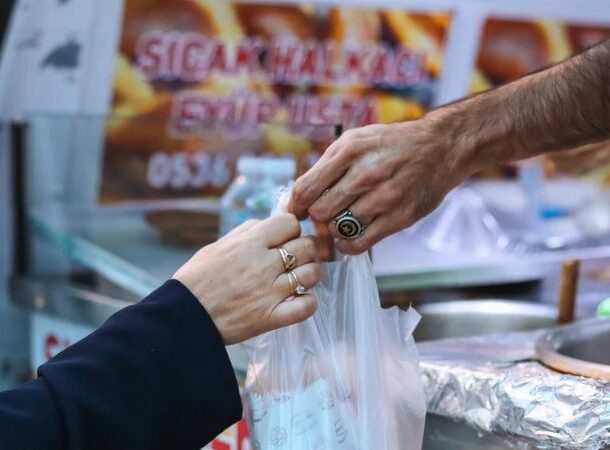
Ever bought something and the salesman decided to throw something in for free? Apart from being a nice business gesture, this practice goes back so long that there’s a specific word for it — “lagniappe.” Spanish settlers picked up the word from indigenous peoples in South America. It refers to a small gift that is given after the purchase of something.
In the United States, this custom is still practiced in some parts, like Louisiana, normally by vegetable vendors.
Turophile
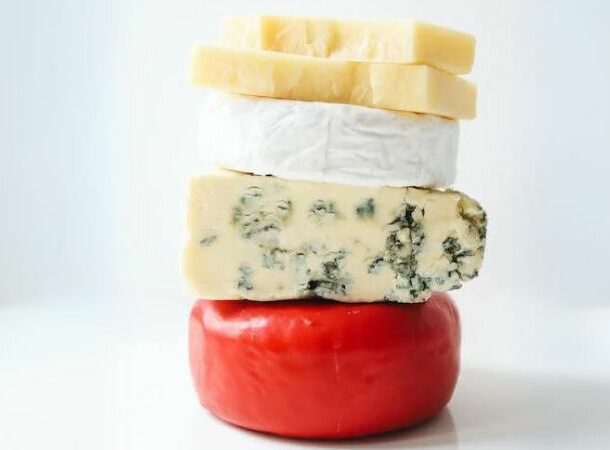
Are you obsessed with cheese? Well, you might just be what’s called a “turophile.” The term traces back to the early 20th century and is made up of the two Greek words “turos” for cheese and “philos” for beloved.
If you can’t stop thinking about cheese, it might be because of its addictive properties that attach to dopamine receptors in the brain.
Umbra

You probably didn’t know that there were different names for each part of a shadow but it’s true. For instance, the “umbra” refers to the darkest part of the shadow. On either side of that are lighter parts that are called the “penumbra.”
It might sound nit-picky and unnecessary, but these concepts are very useful in science like astronomy, and physics.
Xenoglossy

Although the exact existence of this condition hasn’t been verified, “xenoglossy” is a fascinating concept. It describes someone who is suddenly able to speak a different language that they are not conscious of.
One article claims that an Indian woman developed a secondary personality and began showing the ability to speak Bengali, a language that is not her mother tongue and she had no exposure to. According to the paper, this could be evidence of reincarnation. Or maybe she was secretly using Duolingo. What do you think?
Epiphyte
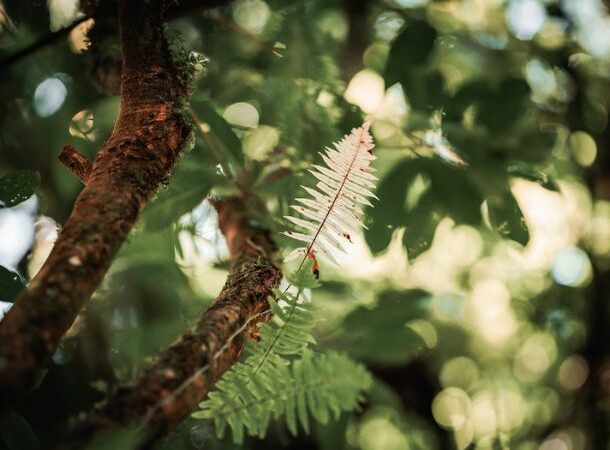
Did you know that not all plants come out of the ground? Epiphytes are the name of completely airborne plants. Instead of growing from the soil, they use existing trees and plants as a base.
Their main source of water is through the air and they have developed specialized leaves to take in as much as possible.
Zamboni

A “Zamboni” is a machine that is essential for ice skating rinks. It is designed specifically to keep the ice surface perfectly smooth. Instead of having a handful of workers raking the ice every time the ice needed to be resurfaced, a man named Frank Zamboni created a machine to do the job.
It works by first cutting off a layer of ice off the top, then “flushing” water to clean the surface, before finishing the process by laying down a layer of hot water, that freezes and makes the surface as smooth as if it were new.
Agnail or hangnails
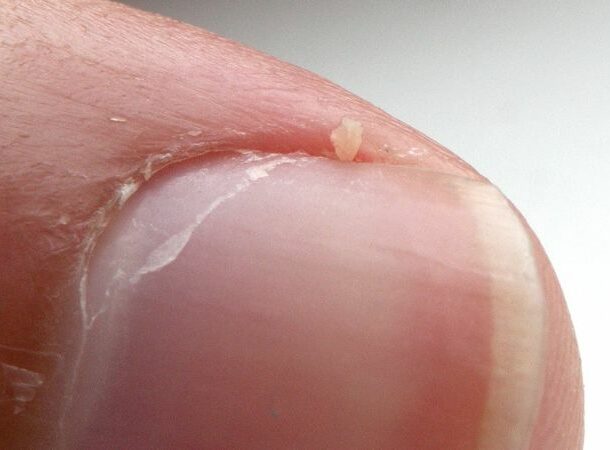
Take a look at your nails. On the edge of them, where the nails meet the skin, are there little white pieces, like they have been rubbed too much? There’s a word for this, and it’s “agnail” or “hangnails.” That name is a little confusing because they don’t hang over your nails, they are on the side of the hand instead.
It’s a sign of dry skin or inflammation. To treat it, you can use special hand products or even just soak it in warm salty water.



























